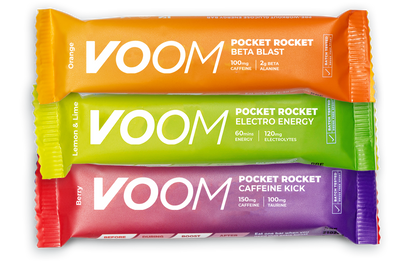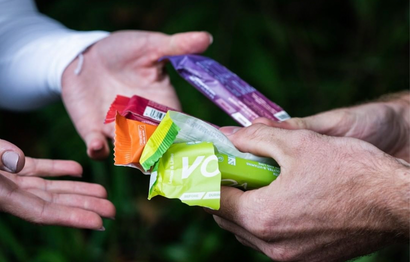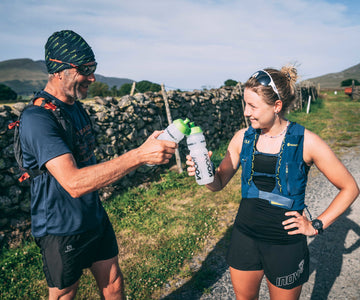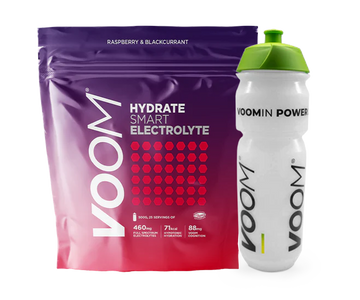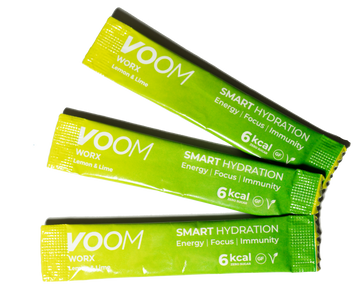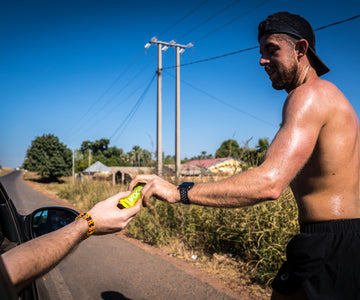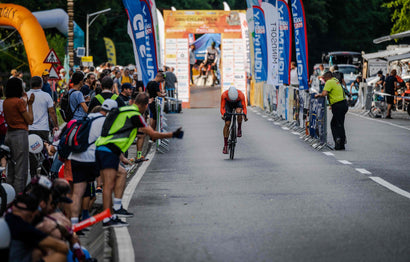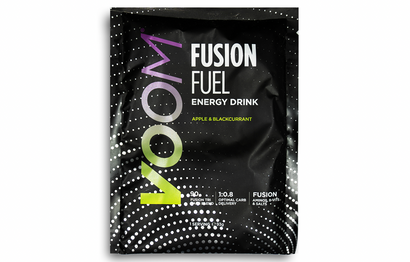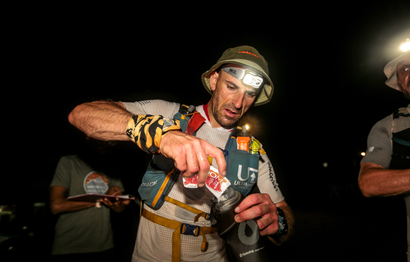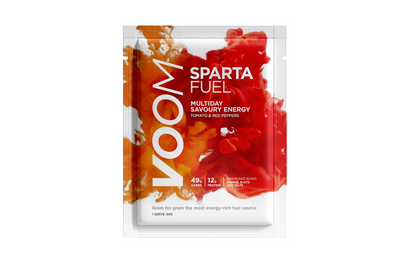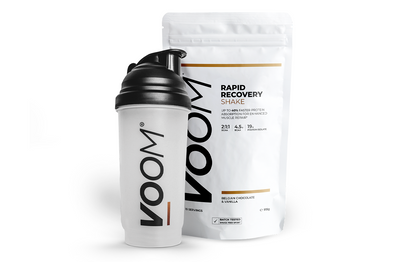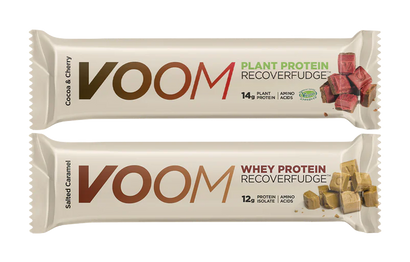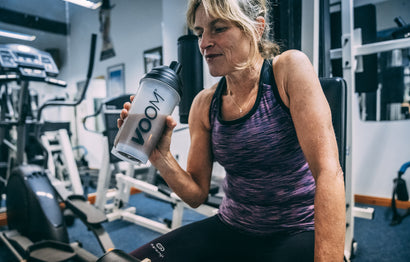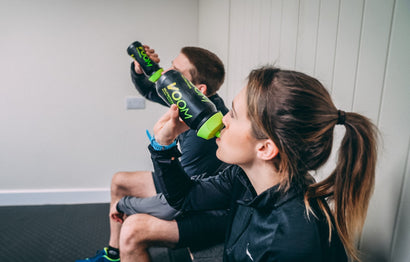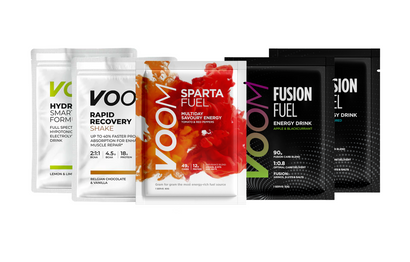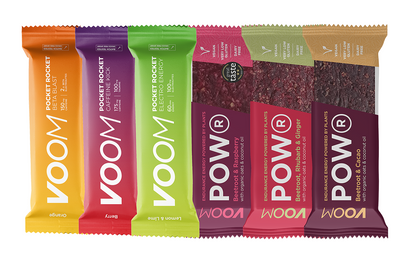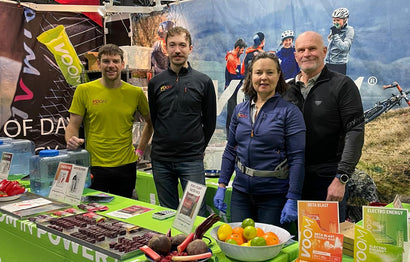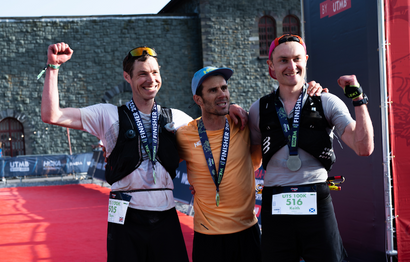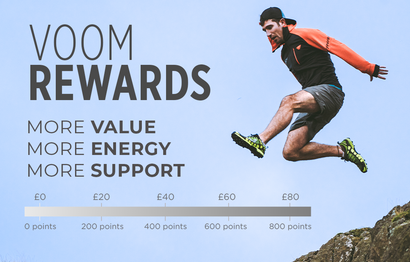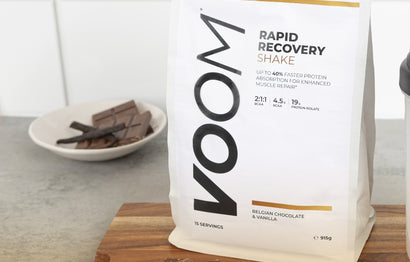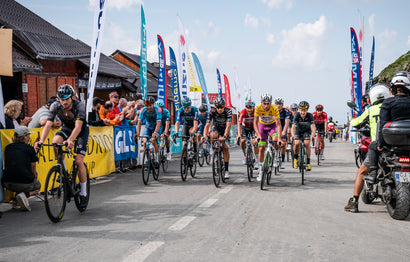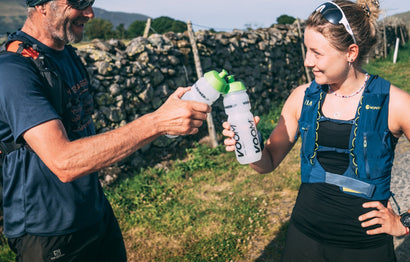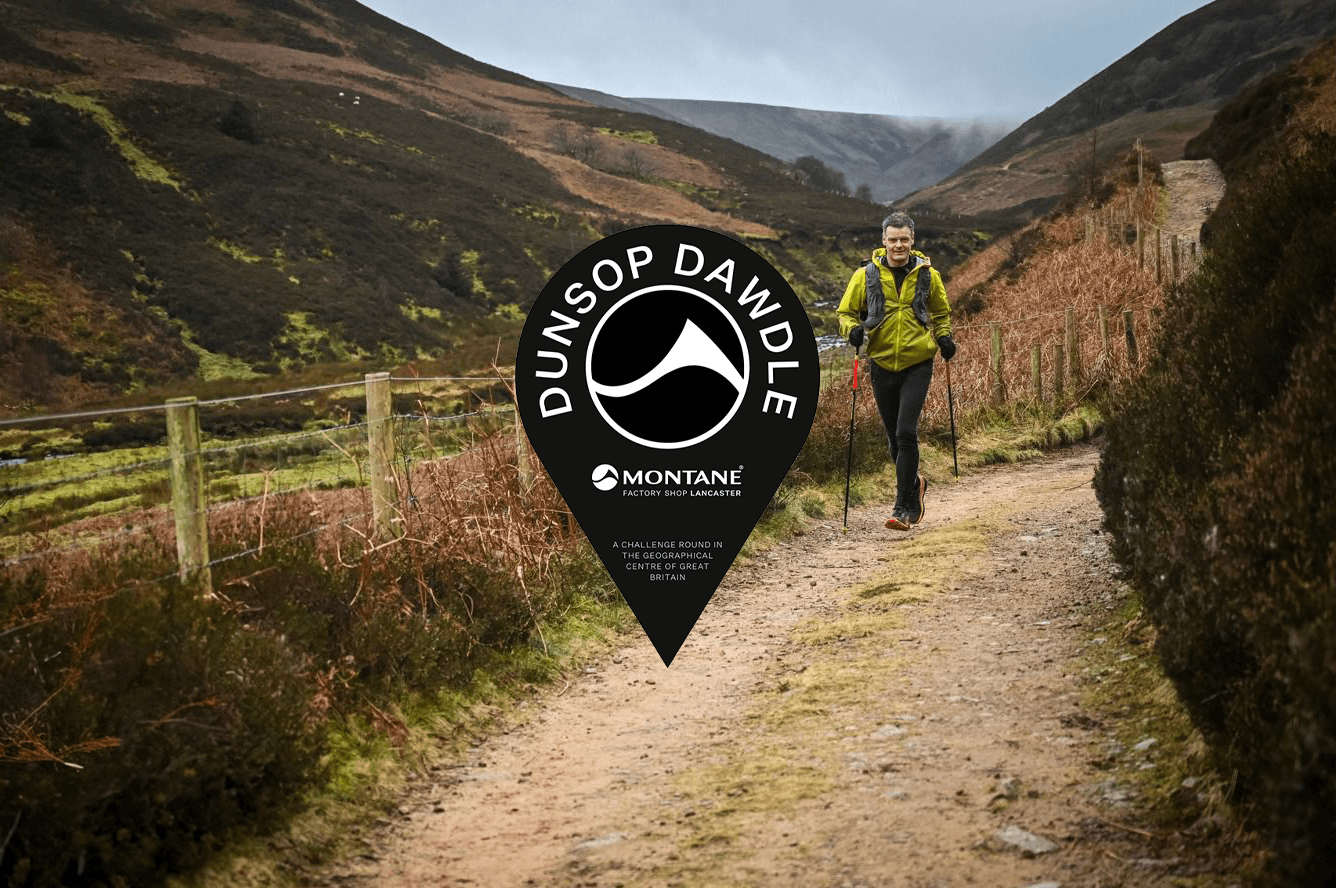What is Whey Protein?
Protein is one of three macronutrients that form the basis of the human diet along with carbohydrate and fats. Proteins are made of amino acids, which are the building blocks of cells in the body and therefore protein is required to allow your muscle cells to repair, grow and function correctly. Whey protein specifically is protein derived from milk in the process of making cheese. Other examples of protein powders would be plant proteins such as soya or pea protein.
What foods contain Protein?
Protein is found in foods such as meat, fish, poultry, eggs, legumes, pulses and dairy products. For individuals wanting to boost their protein intake in order to build muscle mass or repair muscle tissue after sports training there are many protein powder supplements available.
How much Protein to eat per day?
The current Reference Nutrient Intake (RNI) for protein is 0.75g of protein per kilogram bodyweight daily in adults, meaning a 65kg adult would require 48.75g per day. It is generally accepted that physically active individuals require a higher protein intake. The International Society of Sports Nutrition position stand on protein and exercise (2017) suggests 1.2 to 1.4 g per kilogram of body weight per day for endurance athletes and as high as 1.6 to 1.7 g per kilogram of body weight per day for resistance and strength-training athletes. This equates to between 78g and 110.6g for a 65kg endurance and strength training athlete respectively.
Why is Protein important for athletes?
The extra protein intake recommended for athletes is due to protein being required to help promote muscle adaptation during recovery from exercise. This is achieved in the following ways:
• Supporting the repair of exercise-induced muscle damage.
• Promoting training adaptations in the muscles by synthesising new proteins involved in energy production and/or force generation.
• Supporting energy store replenishment.
Protein for recovery
Perhaps surprisingly, the amount of protein required to stimulate muscle recovery is only around 5-10g, to be consumed as soon after training as possible (Tipton & Wolfe, 2004). Additionally, very high intakes of protein in a single serving don’t appear to add any further benefits to recovery or training adaptations (Tipton et al., 1999). Based on this knowledge VOOM RecoverFudge has been designed to provide an optimum 10g of high-quality protein in a tasty, easy to eat snack which can be eaten immediately after a workout.
VOOM RecoverFudge has been formulated to take advantage of the optimum post-exercise recovery window (approx. 30mins) during which carbohydrate and protein uptake can occur at an increased rate. It is designed to deliver exactly the right balance of what your body needs to help it replenish and grow, at exactly the right time. This way you can ensure you get the most out of the hard work you put in.
Why combine Protein with Carbohydrate?
Following exercise, the body is in a catabolic state, meaning glycogen levels have been depleted and cortisol levels raised. This results in the breakdown of tissue, especially muscle tissue. To stop this catabolic process and promote recovery the body needs a supply of both carbohydrates, to replenish glycogen stores, and protein to rebuild and repair damaged tissue. This is true for both endurance and strength exercise. Providing carbohydrate and protein together enhances the uptake of both macronutrients by the cells thus promoting quicker glycogen replenishment, faster protein delivery and increased muscle growth (Levenhagen et al., 2002).
By delivering 30g of carbohydrate in combination with 10g of protein in a 3:1 carbohydrate to protein ratio our RecoverFudge is based on strong sports science research that has been proven to maximise refuelling and muscle repair to speed the recovery process (Roy & Tarnopolsky, 1998).
VOOM’s Protein Products
We only use the highest quality whey protein isolate in our VOOM RecoverFudge and Rapid Recovery Shake to provide a complete branch chain amino acid (BCAA) profile. As BCAA’s are the building blocks of muscles, providing the body with them helps to prevent the breakdown of muscle tissue, enhances muscle re-building and can increase recovery by up to 72% (Skillen et al., 2008). The whey isolate we use is especially high in the essential amino acids Leucine, Isoleucine and Valine that are superior to non-essential amino acids for stimulating muscle growth and repairing muscle damage that occurs during intense exercise (Flakoll et al., 2004).
References
Roy, B.D., & Tarnopolsky, M.A. (1998). Influence of differing macronutrient intakes on muscle glycogen resynthesis after resistance exercise. Journal of Applied Physiology, 84, 890-896.
Flakoll, P.J., Judy, T., Flinn, K., Carr, C., & Flinn, S. (2004). Postexercise protein supplementation improves health and muscle soreness during basic military training in Marine recruits. Journal of Applied Physiology, 96, 951-956.
Skillen, R.A., Testa, M., Applegate, E.A., Heiden, E.A., Fascetti, A.J., & Casazza, G.A. (2008). Effects of an amino acid carbohydrate drink on exercise performance after consecutive-day exercise bouts. International Journal of Sport Nutrition & Exercise Metabolism, 18(5), 473-92.
Tipton, K.D., & Wolfe, R.R. (2004). Protein and amino acids for athletes. Journal of Sports Science, 22, 65-79.
Tipton, K.D., Ferrando, A.A., Phillips, S.M., Doyle, D. Jr., & Wolfe, R.R. (1999). Postexercise net protein synthesis in human muscle from orally administered amino acids. American Journal of Physiology-Endocrinology and Metabolism, 276, E628-E634.
Levenhagen, D.K., Carr, C., Carlson, M.G., Maron, D.J., Borel, M.J., & Flakoll, P.J. (2002). Postexercise protein intake enhances whole-body and leg protein accretion in humans. Medicine & Science in Sports & Exercise, 34, 828-837.
Jager, R., Kerksick, C.M., Campbell, B.I., Cribb, P.J., Wells, S.D., Skwiat, T.M., et al. (2017). International society of sports nutrition position stand: protein and exercise. Journal of the International Society of Sports Nutrition, 14, 20.


